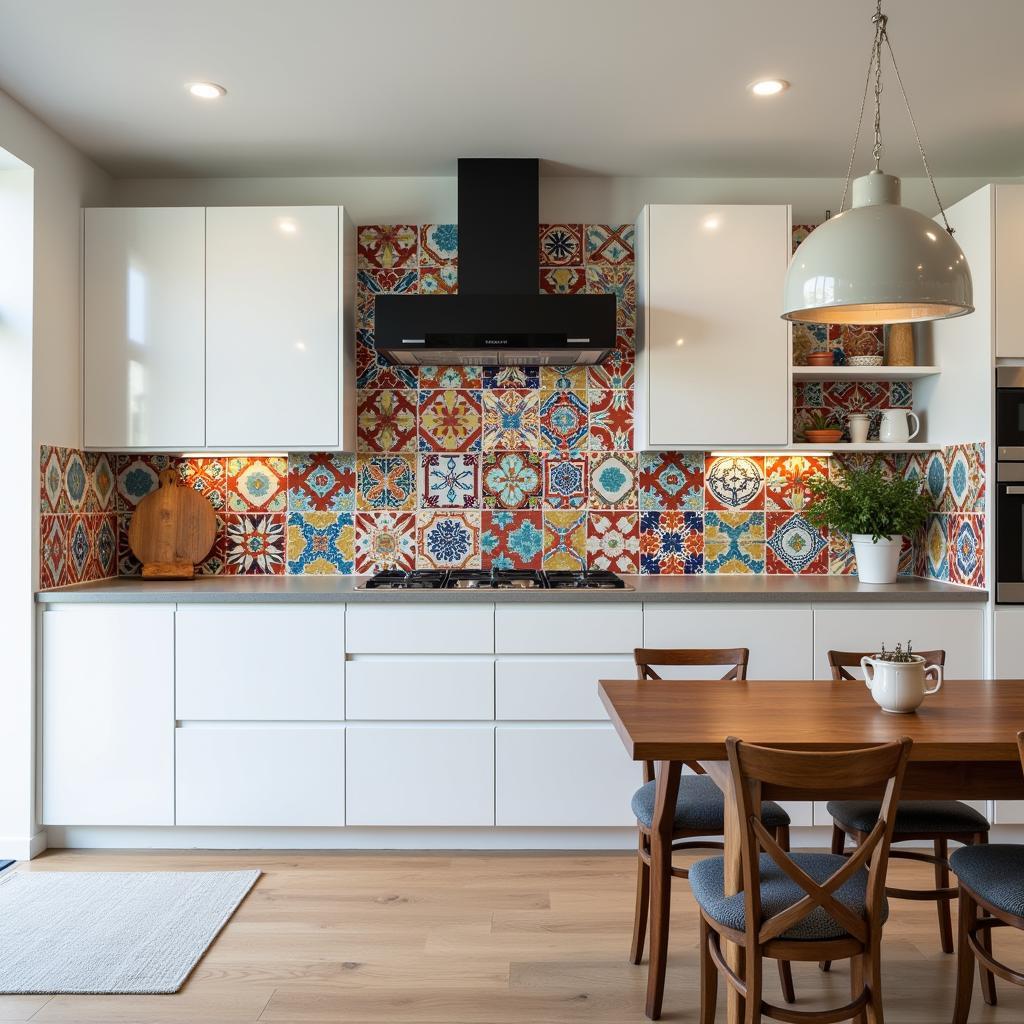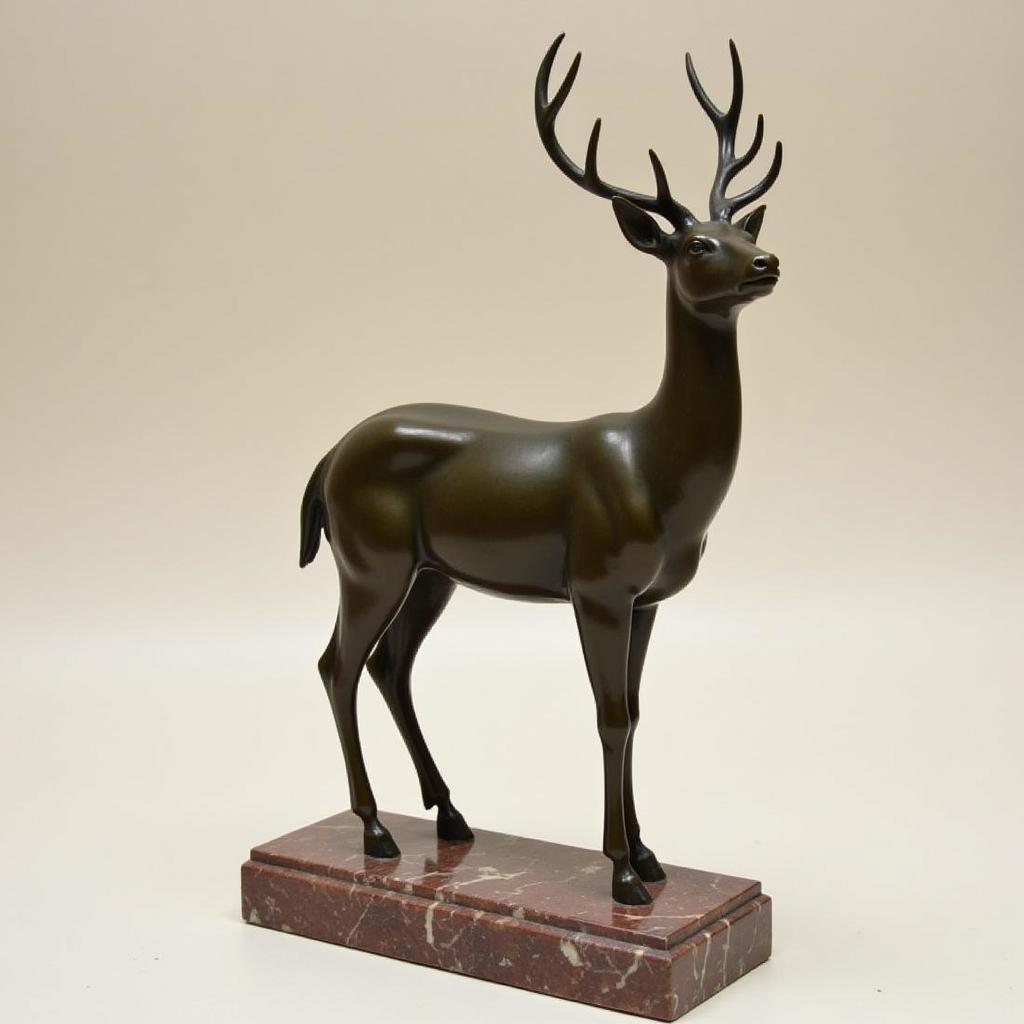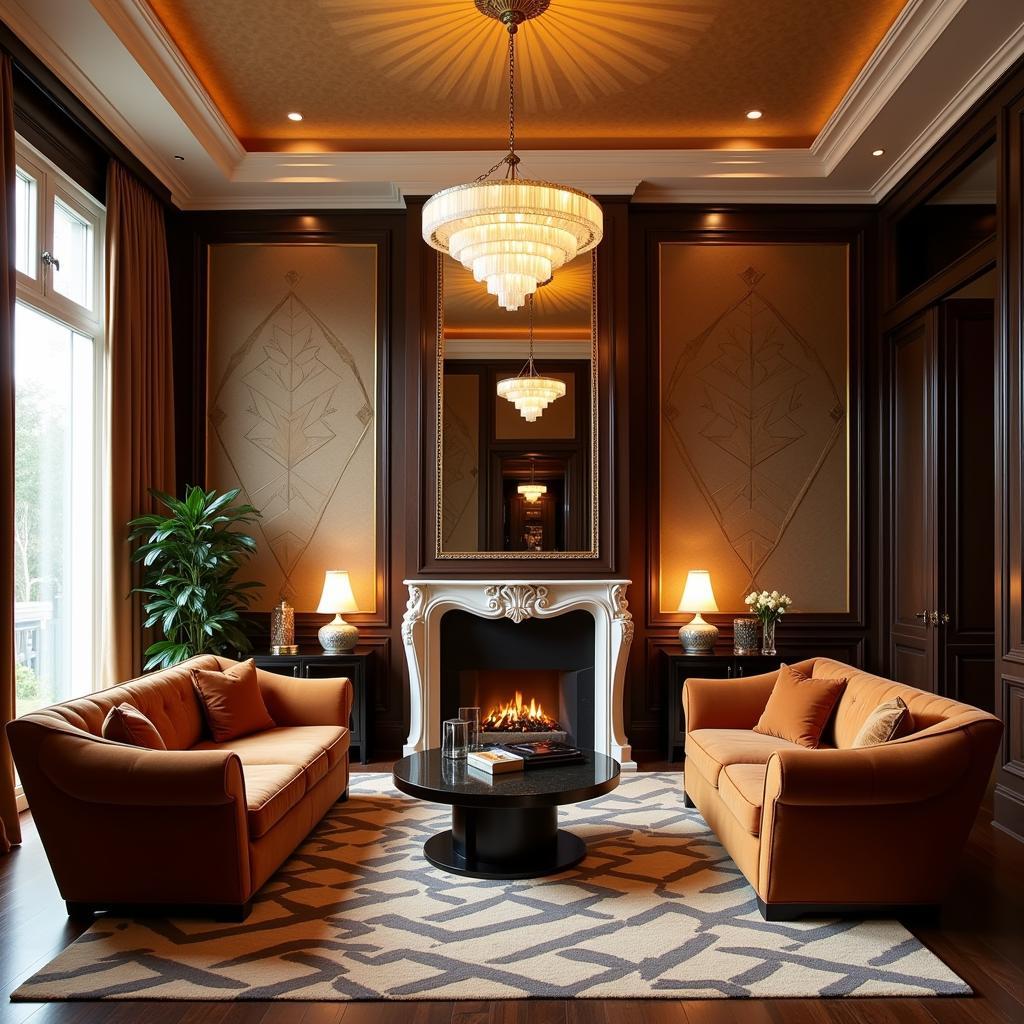Exploring the Vibrant World of Tile Art
Tile Art has captivated civilizations for centuries, transforming ordinary spaces into mesmerizing displays of color and pattern. From the intricate mosaics of ancient Rome to the vibrant azulejos of Portugal, this art form continues to evolve, offering endless possibilities for creative expression. Today, with the rise of new materials and techniques, tile art is experiencing a renaissance, finding its place in contemporary homes, public installations, and even digital mediums. tile seiling tile art allows artists to push boundaries and reimagine the potential of this ancient craft.
A Journey Through the History of Tile Art
The earliest forms of tile art can be traced back to ancient Mesopotamia, where glazed bricks were used to decorate palaces and temples. These early examples showcased the potential of clay as a medium for artistic expression, paving the way for the more complex tilework that would follow. The Islamic Golden Age witnessed a flourishing of tile art, with intricate geometric patterns and vibrant colors adorning mosques and other architectural marvels. Later, during the Renaissance, Italian artisans perfected the art of majolica, producing stunningly detailed tiles that often depicted biblical scenes or mythological figures.
From the decorative arts of Victorian England to the iconic art deco designs of the 20th century, tile art has adapted and flourished. Each era has left its unique mark on the medium, resulting in a rich and diverse tapestry of styles and techniques.
What Makes Tile Art So Unique?
Tile art possesses a unique charm that stems from its versatility and durability. Unlike other art forms, tile art isn’t confined to canvases or frames. It can become an integral part of a building’s structure, transforming walls, floors, and ceilings into breathtaking works of art. The inherent durability of tiles also ensures that these creations can withstand the test of time, preserving their beauty for generations to come.
 Ancient Roman Tile Mosaic Depicting a Mythological Scene
Ancient Roman Tile Mosaic Depicting a Mythological Scene
Different Types of Tile Art
The world of tile art encompasses a vast array of techniques and styles. Mosaic art, perhaps the most well-known form, involves assembling small pieces of colored tile to create intricate patterns and images. tile art mosaic continues to be a popular choice for both interior and exterior decoration. Another popular technique is cuerda seca, which involves carving lines into the clay before glazing, creating distinct color separations. This method allows for intricate geometric designs and vibrant color combinations. Contemporary artists are constantly pushing the boundaries of tile art, experimenting with new materials and methods to create innovative and captivating pieces.
The beauty of tile art lies in its ability to seamlessly blend functionality and aesthetics. Whether it’s a decorative backsplash in a kitchen, a vibrant mural in a public space, or a stunning piece of wall art, tile art elevates the everyday, transforming spaces into experiences.
How to Appreciate Tile Art
What are the key elements that make tile art so appealing? First and foremost, consider the color palette. The skillful use of color can evoke a range of emotions, from the calming serenity of cool blues and greens to the vibrant energy of warm reds and yellows. Next, observe the composition and pattern. The arrangement of tiles can create a sense of movement, rhythm, and depth, adding another layer of visual interest. Finally, appreciate the craftsmanship and attention to detail that goes into each piece. Whether it’s a hand-painted tile or an intricate mosaic, the skill of the artist is evident in every element.
 Modern Ceramic Tile Installation in a Contemporary Kitchen
Modern Ceramic Tile Installation in a Contemporary Kitchen
Tile Art: A Timeless Investment
Investing in tile art is not just about acquiring a beautiful piece; it’s about investing in a piece of history. Tile art has endured for centuries, and its timeless appeal ensures that it will continue to be cherished for generations to come. Whether you’re a seasoned collector or simply appreciate the beauty of this art form, exploring the world of tile art is a journey filled with endless possibilities for discovery and inspiration.
Tile Art Resources
Where can you learn more about tile art and find inspiration for your own projects? There are a number of excellent textile art books and online resources available. Visiting museums and galleries that feature tile art collections is another great way to immerse yourself in this fascinating art form. You can also connect with contemporary tile artists and learn about their creative processes.
 Art Deco Ceramic Tiles with Geometric Patterns
Art Deco Ceramic Tiles with Geometric Patterns
Conclusion
Tile art offers a unique blend of beauty, durability, and artistic expression. From ancient mosaics to contemporary installations, this timeless art form continues to captivate and inspire. Exploring the world of tile art can enrich your appreciation for both art and history, while also adding a touch of beauty and elegance to your surroundings. ceramic tile art deco exemplifies the timeless elegance and geometric precision of this era. vintage textile art provides further inspiration.
FAQ
- What is the difference between ceramic and porcelain tile?
- What is the best way to clean tile art?
- How can I incorporate tile art into my home decor?
- Where can I find tile art classes near me?
- What is the average cost of a custom tile art piece?
- Are there any online resources for learning about tile art?
- How can I identify antique tile art?
Common Tile Art Scenarios
- Designing a custom backsplash for your kitchen
- Creating a mosaic mural for your garden
- Choosing tiles for a bathroom renovation
- Selecting a unique piece of tile art for your living room
- Repairing or restoring damaged tile art
Further Exploration
For more information on specific tile art styles and techniques, explore our other articles on related topics. You can also find helpful tips and advice on choosing and caring for tile art.
When you need assistance, please contact us by phone: 02462573573, email: danteum@gmail.com, or visit our address: Savico Megamall, 7-9 Đ. Nguyễn Văn Linh, Gia Thụy, Long Biên, Hà Nội 10000, Việt Nam. We have a 24/7 customer service team.



